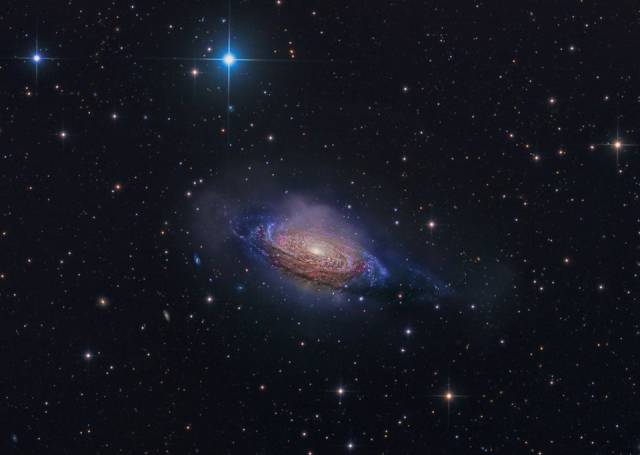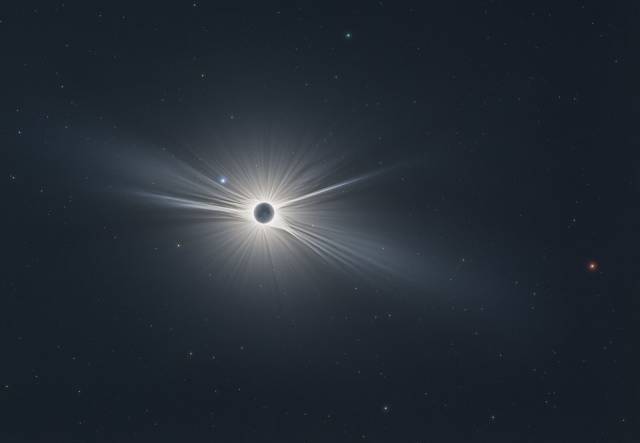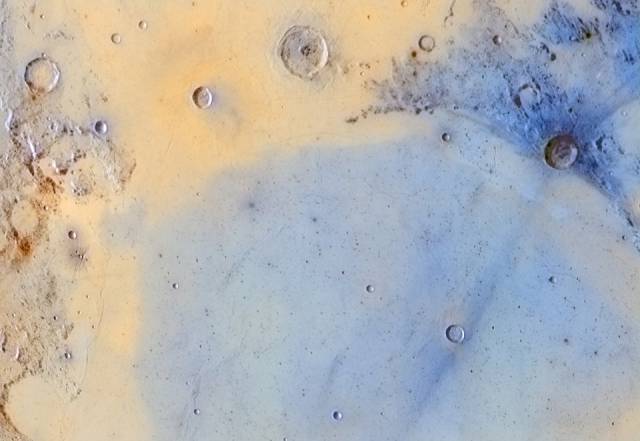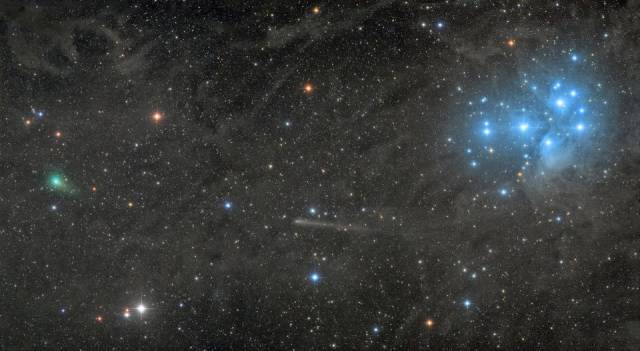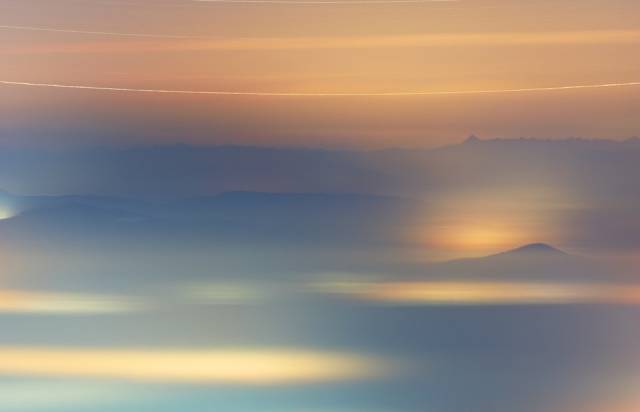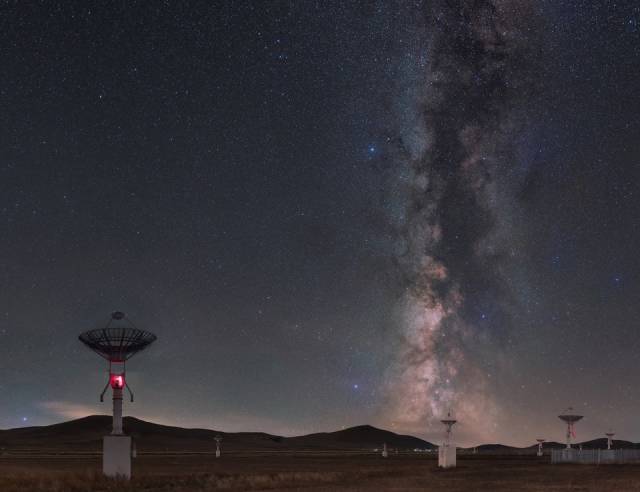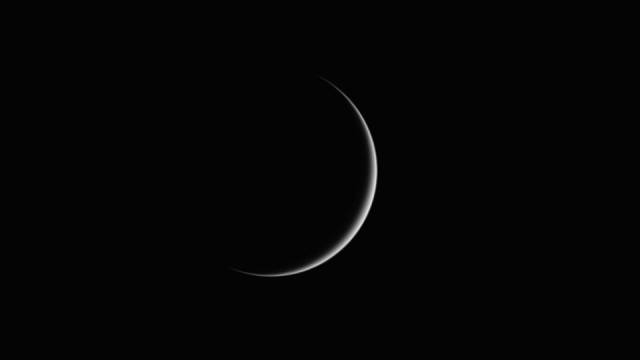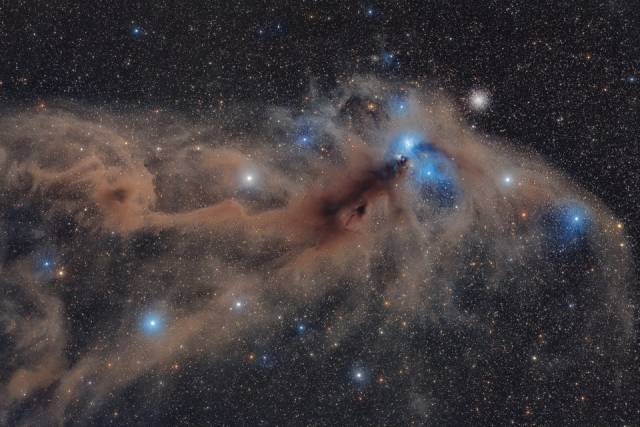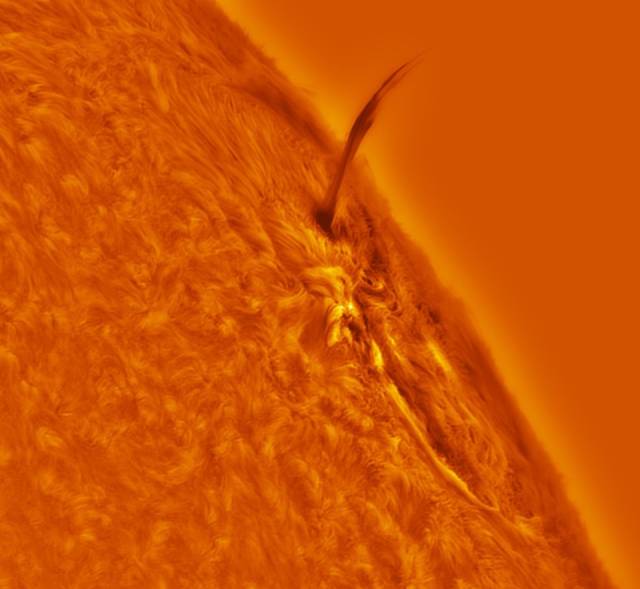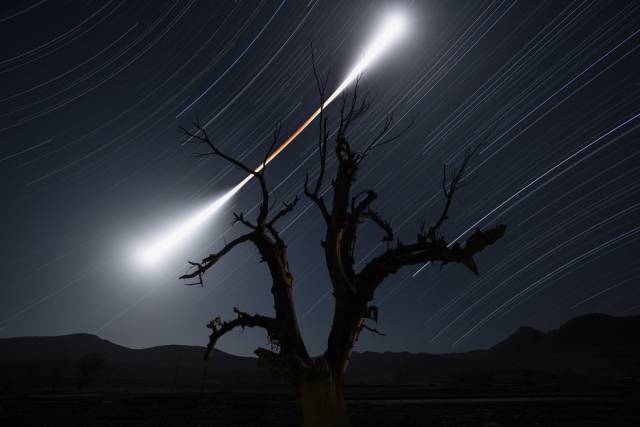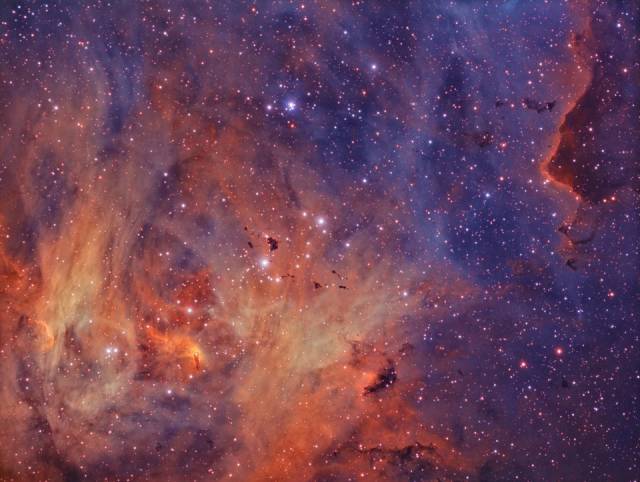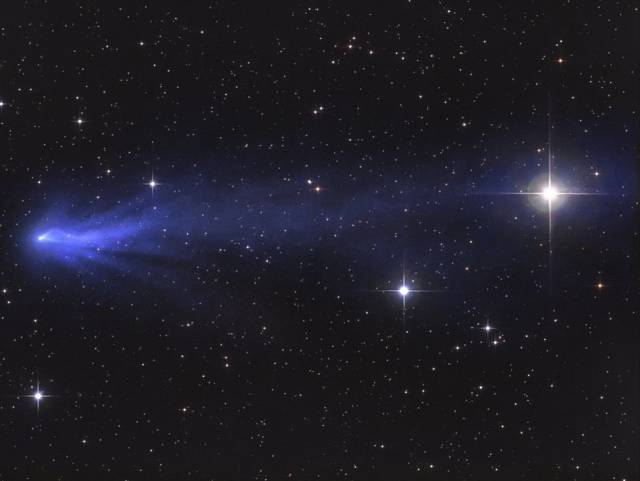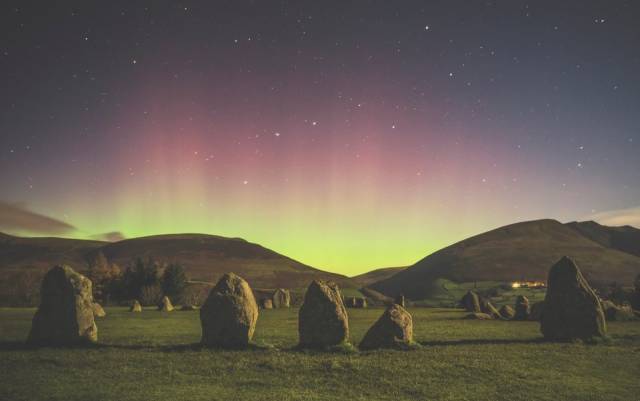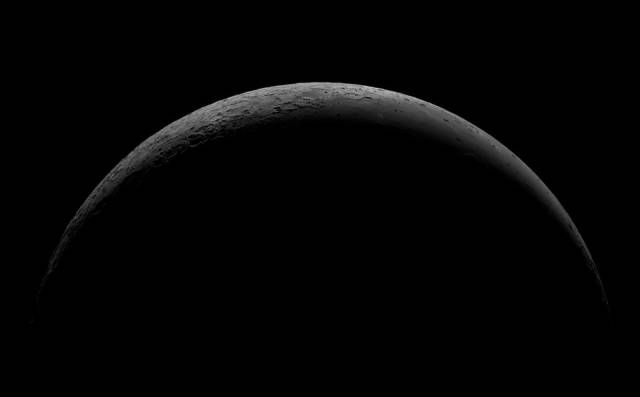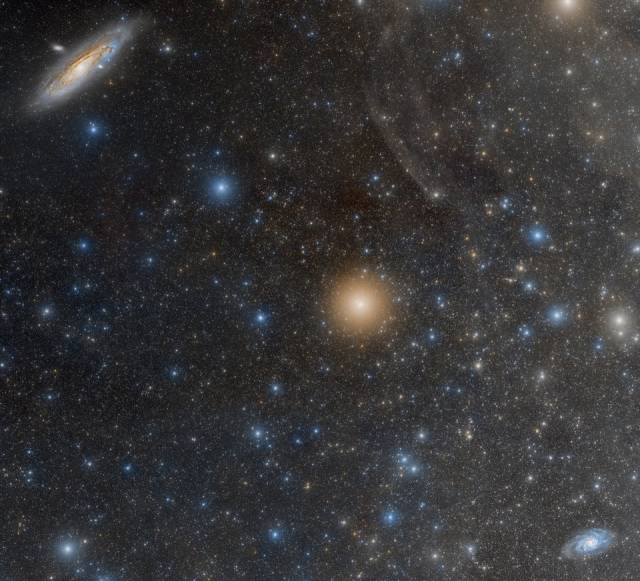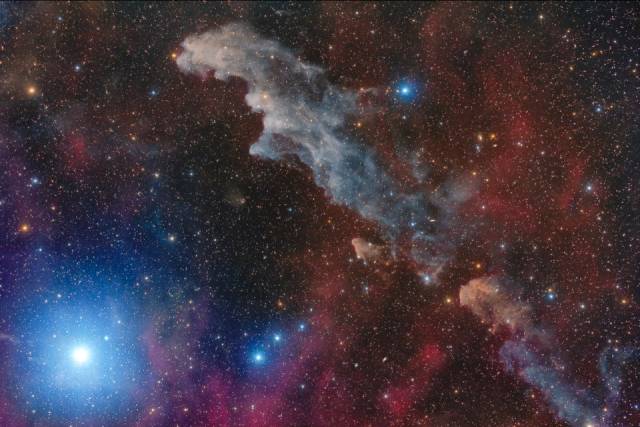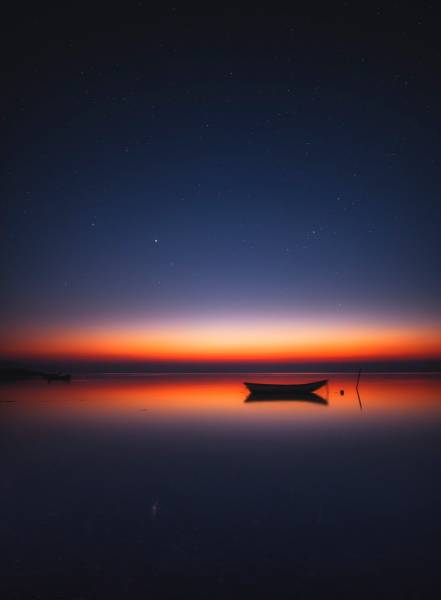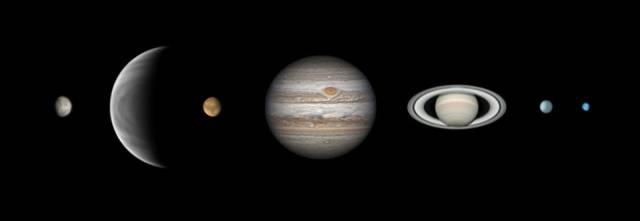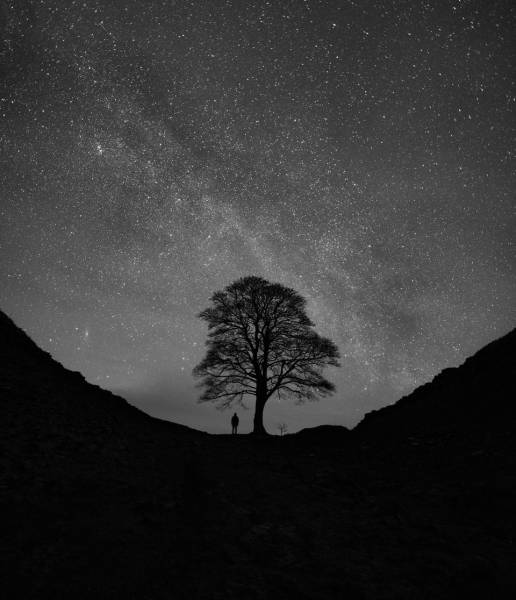The Insight Astronomy Photographer of the Year competition, now in its 10th year, displays an epic distillation of "the most beautiful and spectacular images of space and the cosmos," according to the Royal Observatory Greenwich, which hosts the contest. For this year's event, judges reviewed more than 4,200 entries from 91 countries before settling on 11 winning images.
In this image of an active galaxy more than 25 million light-years from Earth, each color represents different ages of stars. Reds are ancient stars while blues reveal young, hot stars. "Even artists' impressions of galaxies don't come close to this," a judge said of the winning image.
This shot of the total solar eclipse of 2017 also shows planet Mars (right) and the bright star Regulus (to the left of the eclipse).
A telescope's view of the "Sea of Tranquility" on the moon, where astronauts landed in July 1969. One judge said the colors reveal "qualities of the moon's soil and contouring, which is at once incredibly beautiful, abstract and highly informative."
The green comet C/2017 O1 (left) and the white comet C2015 ER61 (center) seem to sail away from the Pleiades star cluster (right) in this winning picture.
This dreamy, pastel-infused image blends together a series of photos of the same region of sky, taken over half a winter season. Cities glow below, and the semi-circular streak at the top is the circumpolar star Almach.
This unique view looks up into an aurora. One judge said the picture "reminds me of one of the end scenes in '2001 [A Space Odyssey].'"
Radio dishes designed to study the sun seem to gaze at the Milky Way galaxy in this picture.
Venus is mostly a featureless planet, given its thick and choking-hot atmosphere. But when the sun angle is just right, it can look majestic.
Dust and gas in this central nebula has a striking 3D appearance against a backdrop of stars.
A 15-year-old took this image just before dawn. The moon is at top-left and a shooting star at the right. "With a painterly style and beautiful composition, this photograph has a quality that is beyond the years of the photographer," one judge said.
Beyond those 11 prize-winning photos, the contest also honored runners-up as well as "highly commendable" images, like this shot. The image shows an aurora and the moon as seen from a chilly archipelago.
A prominence of plasma leaps out of the sun in this runner-up picture. The same region of the solar surface blasted out a powerful solar flare just hours before this image was taken.
This runner-up image of a total lunar eclipse was photographed over four hours on January 31, 2018. Light refracted around the Earth paints the surface of the moon a rusty red-orange color at the height of the eclipse (center).
This picture, which won a "highly commended" recognition, shows the Lambda Centauri Nebula: a nursery for young stars located about 5,900 light-years form Earth.
When sunlight strikes the carbon monoxide gases of Comet C/2016 R2, the molecules fluoresce a bright blue color. This stunning picture was highly commended by contest judges.
Auroras infrequently push into the UK, but when they do, a spectacular sight awaits. In this runner-up picture, moonlight illuminates a field while auroras in the background glow behind the hills.
The moon's crescent phase is a great time to see the sun cast shadows across lunar craters and mountains. This photo was highly commended.
Twenty-four images stitched together form this runner-up image, which shows the bright star Mirach (center) and the galaxies Messier 31 (top left) and Messier 33 (bottom right).
Rigel — the seventh-brightest star in the sky, and part of the Orion constellation — shines brightly near the Witch Head Nebula in this runner-up photo.
At extreme northern or southern latitudes during summer, the sunsets blend into sunrises and the sky never goes totally dark. This highly commended picture almost seems to freeze time, judges said.
This runner-up shows the solar system's seven planets as photographed from the same location over the course of a year. They're not to scale — instead they're shown at the size they'd appear through a telescope. Left to Right: Mercury, Venus, Mars, Jupiter, Saturn, Uranus, and Neptune.
The winter sky shines brightly in this highly commended image. It shows the Milky Way galaxy crossing through the foreground of Sycamore Gap — part of a Roman-era structure called Hadrian's Wall.

